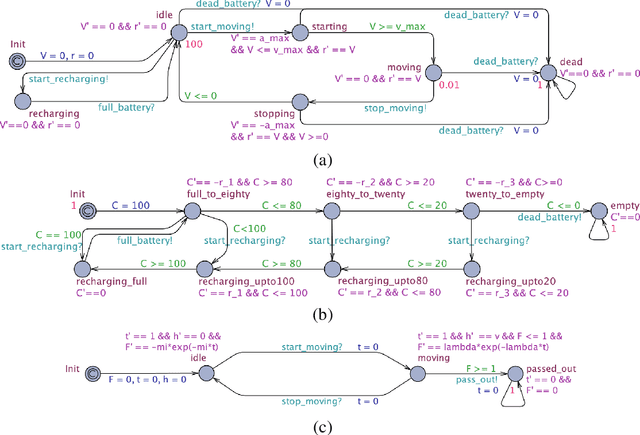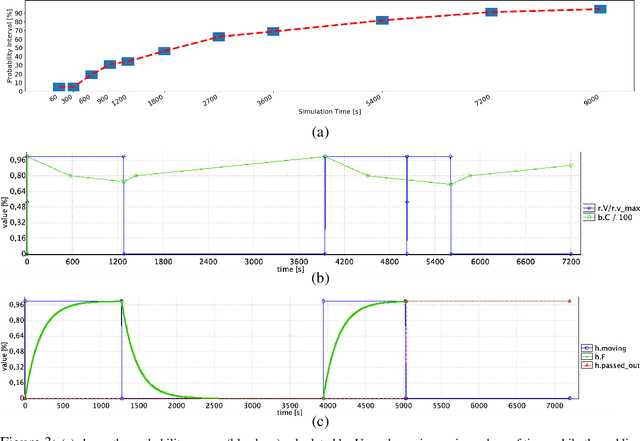Matteo Rossi
Politecnico di Milano
Cascade learning in multi-task encoder-decoder networks for concurrent bone segmentation and glenohumeral joint assessment in shoulder CT scans
Oct 16, 2024



Abstract:Osteoarthritis is a degenerative condition affecting bones and cartilage, often leading to osteophyte formation, bone density loss, and joint space narrowing. Treatment options to restore normal joint function vary depending on the severity of the condition. This work introduces an innovative deep-learning framework processing shoulder CT scans. It features the semantic segmentation of the proximal humerus and scapula, the 3D reconstruction of bone surfaces, the identification of the glenohumeral (GH) joint region, and the staging of three common osteoarthritic-related pathologies: osteophyte formation (OS), GH space reduction (JS), and humeroscapular alignment (HSA). The pipeline comprises two cascaded CNN architectures: 3D CEL-UNet for segmentation and 3D Arthro-Net for threefold classification. A retrospective dataset of 571 CT scans featuring patients with various degrees of GH osteoarthritic-related pathologies was used to train, validate, and test the pipeline. Root mean squared error and Hausdorff distance median values for 3D reconstruction were 0.22mm and 1.48mm for the humerus and 0.24mm and 1.48mm for the scapula, outperforming state-of-the-art architectures and making it potentially suitable for a PSI-based shoulder arthroplasty preoperative plan context. The classification accuracy for OS, JS, and HSA consistently reached around 90% across all three categories. The computational time for the inference pipeline was less than 15s, showcasing the framework's efficiency and compatibility with orthopedic radiology practice. The outcomes represent a promising advancement toward the medical translation of artificial intelligence tools. This progress aims to streamline the preoperative planning pipeline delivering high-quality bone surfaces and supporting surgeons in selecting the most suitable surgical approach according to the unique patient joint conditions.
Statistical Model Checking of Human-Robot Interaction Scenarios
Jul 23, 2020


Abstract:Robots are soon going to be deployed in non-industrial environments. Before society can take such a step, it is necessary to endow complex robotic systems with mechanisms that make them reliable enough to operate in situations where the human factor is predominant. This calls for the development of robotic frameworks that can soundly guarantee that a collection of properties are verified at all times during operation. While developing a mission plan, robots should take into account factors such as human physiology. In this paper, we present an example of how a robotic application that involves human interaction can be modeled through hybrid automata, and analyzed by using statistical model-checking. We exploit statistical techniques to determine the probability with which some properties are verified, thus easing the state-space explosion problem. The analysis is performed using the Uppaal tool. In addition, we used Uppaal to run simulations that allowed us to show non-trivial time dynamics that describe the behavior of the real system, including human-related variables. Overall, this process allows developers to gain useful insights into their application and to make decisions about how to improve it to balance efficiency and user satisfaction.
* In Proceedings AREA 2020, arXiv:2007.11260
Co-Simulation of Human-Robot Collaboration: from Temporal Logic to 3D Simulation
Jul 23, 2020Abstract:Human-Robot Collaboration (HRC) is rapidly replacing the traditional application of robotics in the manufacturing industry. Robots and human operators no longer have to perform their tasks in segregated areas and are capable of working in close vicinity and performing hybrid tasks -- performed partially by humans and by robots. We have presented a methodology in an earlier work [16] to promote and facilitate formally modeling HRC systems, which are notoriously safety-critical. Relying on temporal logic modeling capabilities and automated model checking tools, we built a framework to formally model HRC systems and verify the physical safety of human operator against ISO 10218-2 [10] standard. In order to make our proposed formal verification framework more appealing to safety engineers, whom are usually not very fond of formal modeling and verification techniques, we decided to couple our model checking approach with a 3D simulator that demonstrates the potential hazardous situations to the safety engineers in a more transparent way. This paper reports our co-simulation approach, using Morse simulator [4] and Zot model checker [14].
* In Proceedings AREA 2020, arXiv:2007.11260
 Add to Chrome
Add to Chrome Add to Firefox
Add to Firefox Add to Edge
Add to Edge